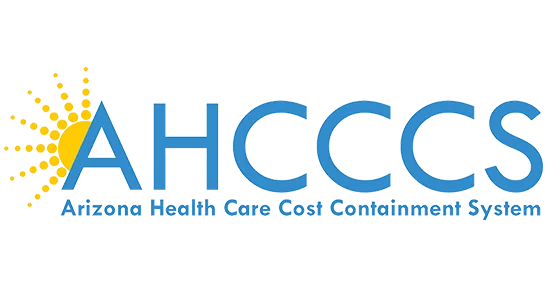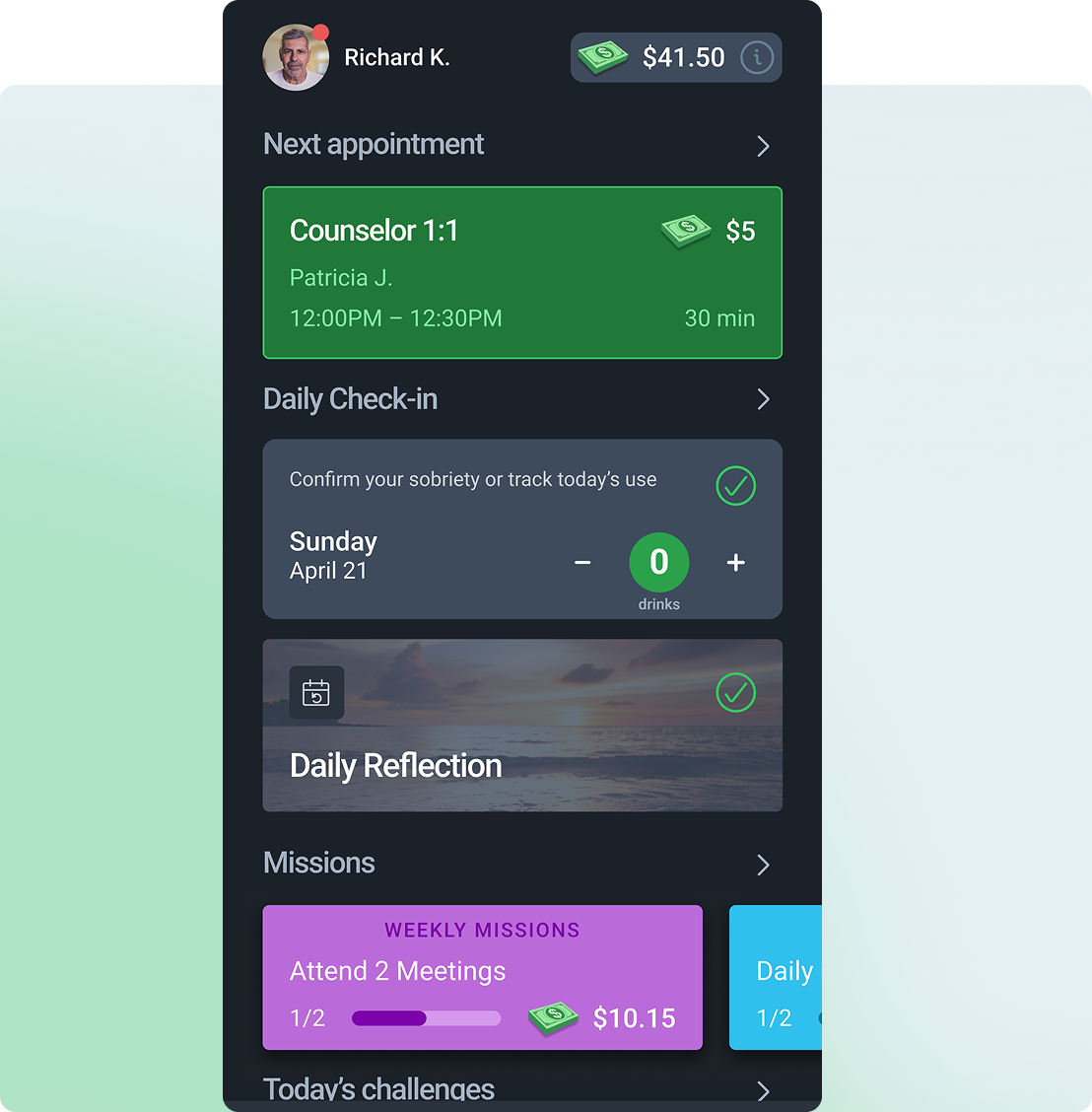What is Suboxone?
Buprenorphine-naloxone (Suboxone) is an effective medication in the recovery journey from opioid use disorder.
Our mental health and addiction care is covered by insurance. For 90% of our members, treatment is entirely free.













Suboxone: The Medication That Makes Quitting Opioids Possible
How does Suboxone work? Your questions answered…
Buprenorphine-naloxone (sold as Suboxone) is a combination medication used to treat opioid use disorder. Buprenorphine is a partial opioid agonist, which means it activates opioid receptors in the brain but to a much lesser degree than full agonists like heroin or methadone. This helps alleviate withdrawal symptoms and reduce cravings. Naloxone is an opioid antagonist, included to prevent misuse of the medication.
Studies have shown that buprenorphine-naloxone (Suboxone) is highly effective in treating opioid use disorder. Patients who take the medication as part of a comprehensive treatment plan, which includes counseling and support services, have better outcomes. The medication helps individuals maintain sobriety by reducing cravings and withdrawal symptoms, which are significant barriers to recovery. Long-term use has been associated with improved social functioning and a decrease in illicit opioid use.
Common side effects of buprenorphine-naloxone include headaches, nausea, sweating, constipation, and sleep disturbances. Most side effects are mild and tend to diminish over time. However, there are some risks associated with its use, such as the potential for misuse, though this is reduced by the presence of naloxone. It’s also possible to develop physical dependence, so it’s crucial to follow a doctor’s guidance and not abruptly stop taking the medication without medical advice.
Buprenorphine-naloxone (Suboxone) is typically administered sublingually, meaning it is placed under the tongue to dissolve. It can also come in the form of a film or tablet. The initial dose is usually given under medical supervision to ensure proper usage and to monitor any adverse reactions. Patients may start on a higher dose that is gradually reduced over time. It’s important to take the medication exactly as prescribed to avoid potential withdrawal symptoms or ineffective treatment.
Candidates for buprenorphine-naloxone treatment include individuals diagnosed with opioid use disorder who are motivated to recover and are willing to adhere to a comprehensive treatment plan. It’s particularly beneficial for those who have not been able to maintain sobriety through other methods. However, it’s not suitable for everyone, such as those with severe liver impairment or certain psychiatric conditions. A thorough evaluation by a healthcare provider is necessary to determine if buprenorphine-naloxone is the appropriate treatment.

“Affect has shown me a caring side that I never had for myself. It has made me rise as an individual and I have uplifted my courage, bravery, and willpower to obtain my sobriety. Not only did I find myself, but I also found friends in counseling. By friends, I mean someone who really believes in you when others won’t. This program is amazing and works.”
Stella
I’ve learned how to love myself and to forgive myself. I’ve mastered boundaries. I’m no longer uneasy living alone.
Group and counselor support is the best. Life has improved because I learned it’s never too much trouble to take care of myself.
I’ve been able to focus on things that are important in my life, including my children. That it’s the best thing that could ever have happened to them, and to me.
Support That Goes Beyond Treatment
Getting healthier is just the start. Need help with housing, job hunting, healthcare, or financial aid? We’ve got your back.




